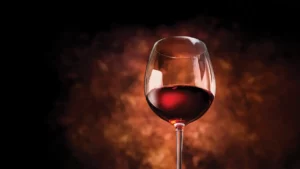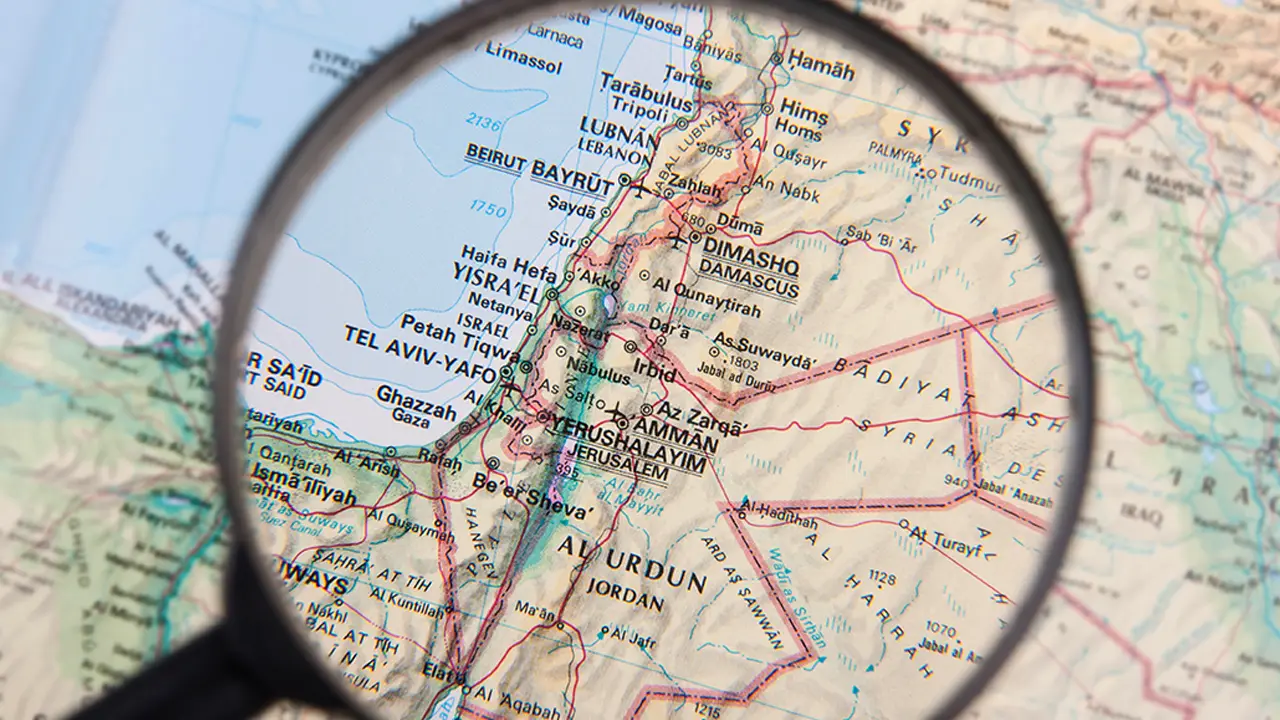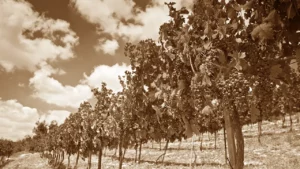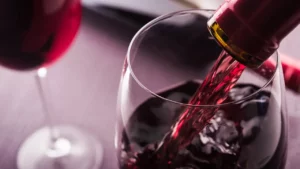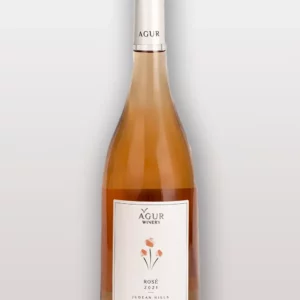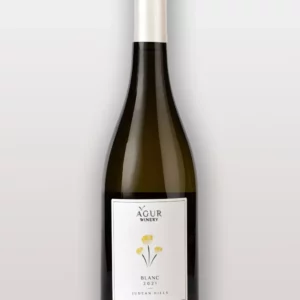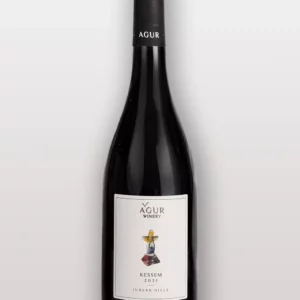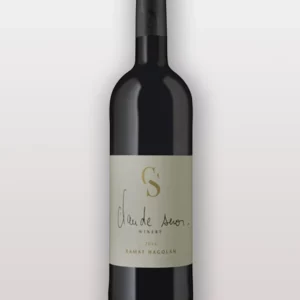Since the first grapevine was planted in the land of Israel to make wine by Noah when he left his ark (Genesis, 9, 20), the grape has been one of the symbols of Israel.
We’re not going to go back over the historical roots of wine in Israel, but rather recount the modern epic of wine production from the 19th century to the present day.
In 1870, Baron Edmond de Rothschild, who wanted to develop agriculture in the Land of Israel, decided to plant grapes and, a few years later, created his first winery in Mikvé Israël, in the center of the country, before launching Carmel, Israel’s best-known winery.
Among the Zionist pioneers who found work in Carmel, history remembers David Ben Gourion, who had a brief stint there.
In 2023, Carmel and its logo with the image of explorers carrying grapes is one of Israel’s two largest wine producers.
But the late 19th century saw the emergence of other vineyards, notably that of Shimon Friedman, one of the leaders of Haifa’s Jewish community, a winery that has now disappeared, and that of the Shor family in Jerusalem.
Pioneers of wine-making in Israel, the Shor family founded their winery in the heart of Jerusalem’s Old City in 1848. The eastern wall of the Shor winery was simply… the Kotel. Using grapes from the Hebron region, Shor produced and sold wine primarily for the kiddush of the Holy City’s religious families. In 1929, following the Arab riots, the winery moved from the Old City to the Beit Israel district. Over the years, the Shor family founded several vineyards and today runs seven wineries – Zion, 1848, Arza, Hayotzer… – still producing mainly kiddush wines, but also more delicate dry wines in recent years.
Based in the industrial zone of Mishor Adumim, near Jerusalem, the Shor family, which has retained ownership of the winery for 175 years, remains one of the symbols of the Israeli wine industry, while in recent years making use of French know-how, notably with the contribution of Franco-Israeli oenologists Ilan Assouline at “1848” and Philippe Lichtenstein at Hayotser.
In 2023, while a dozen wineries will produce over 80% of the market, there will be more than 250 other Israeli wineries, as wine has become popular on local tables.
Let’s discover the country’s most important wineries by following a “wine route” from the Golan Heights to the Egyptian border.
No qualitative ranking in this list, as everyone has their own preferences, but just a quick overview of the best-known and most interesting wineries – “yekavim” in Hebrew – and only cash, because while the majority of wines made here are, dozens of wineries make unsupervised wine.
